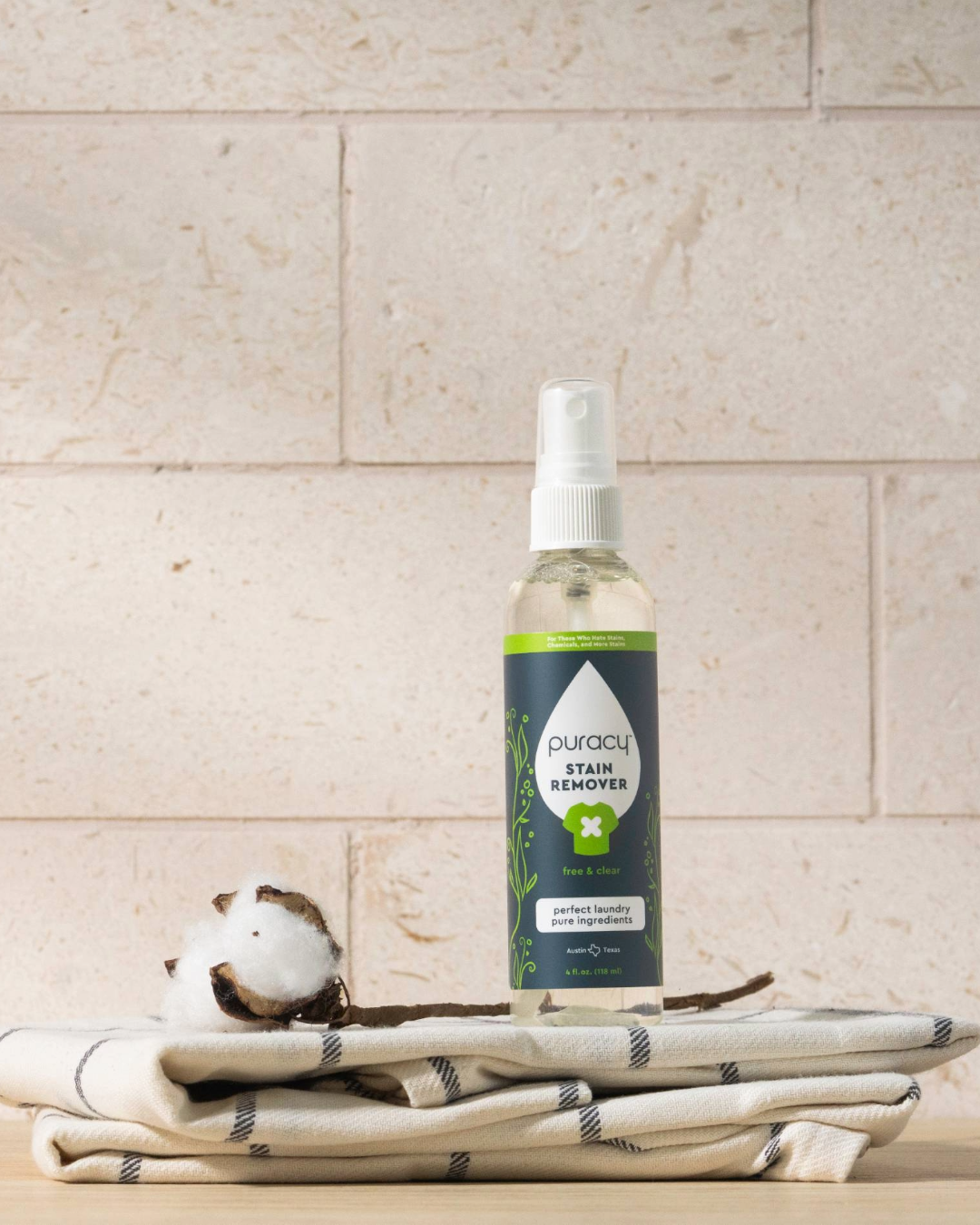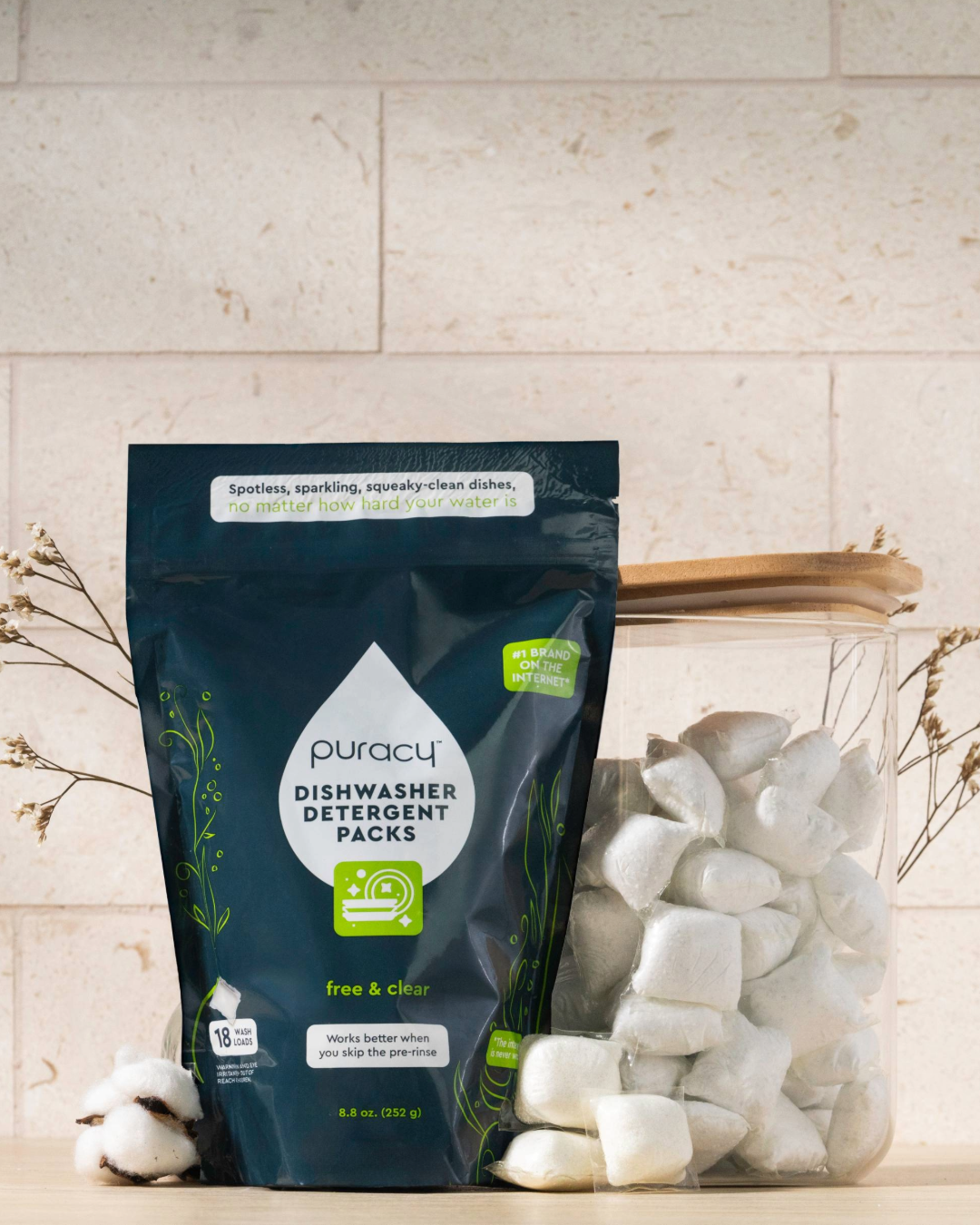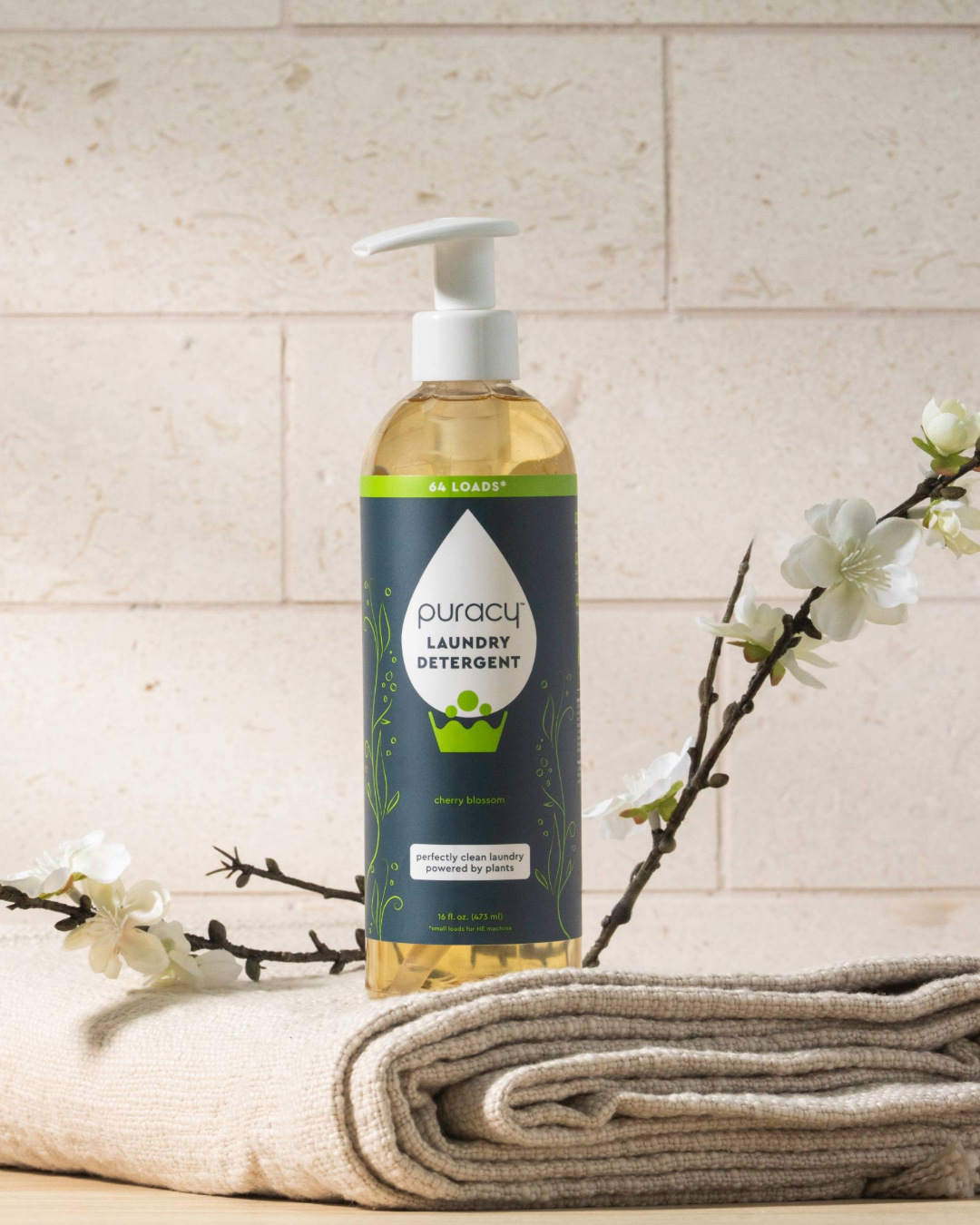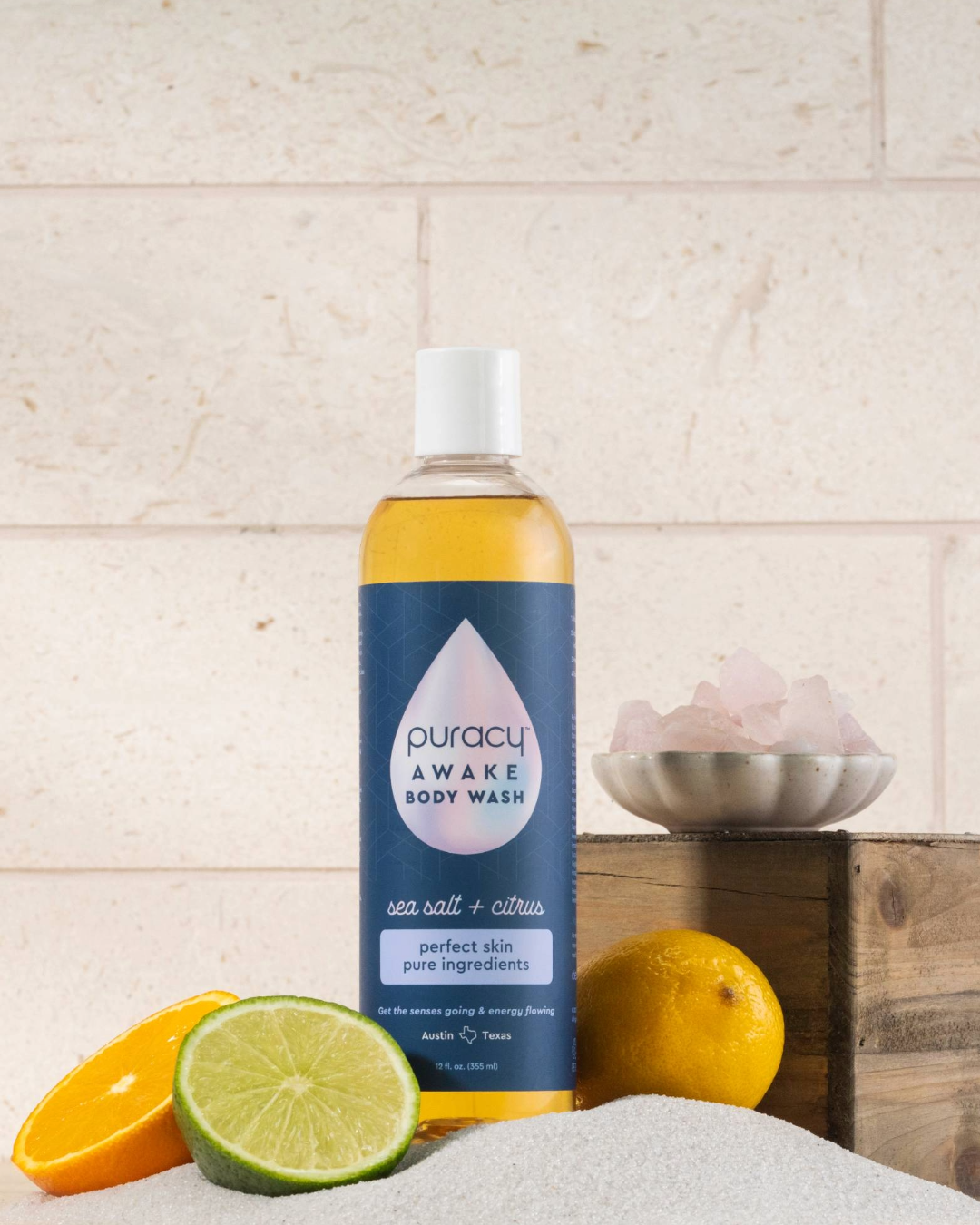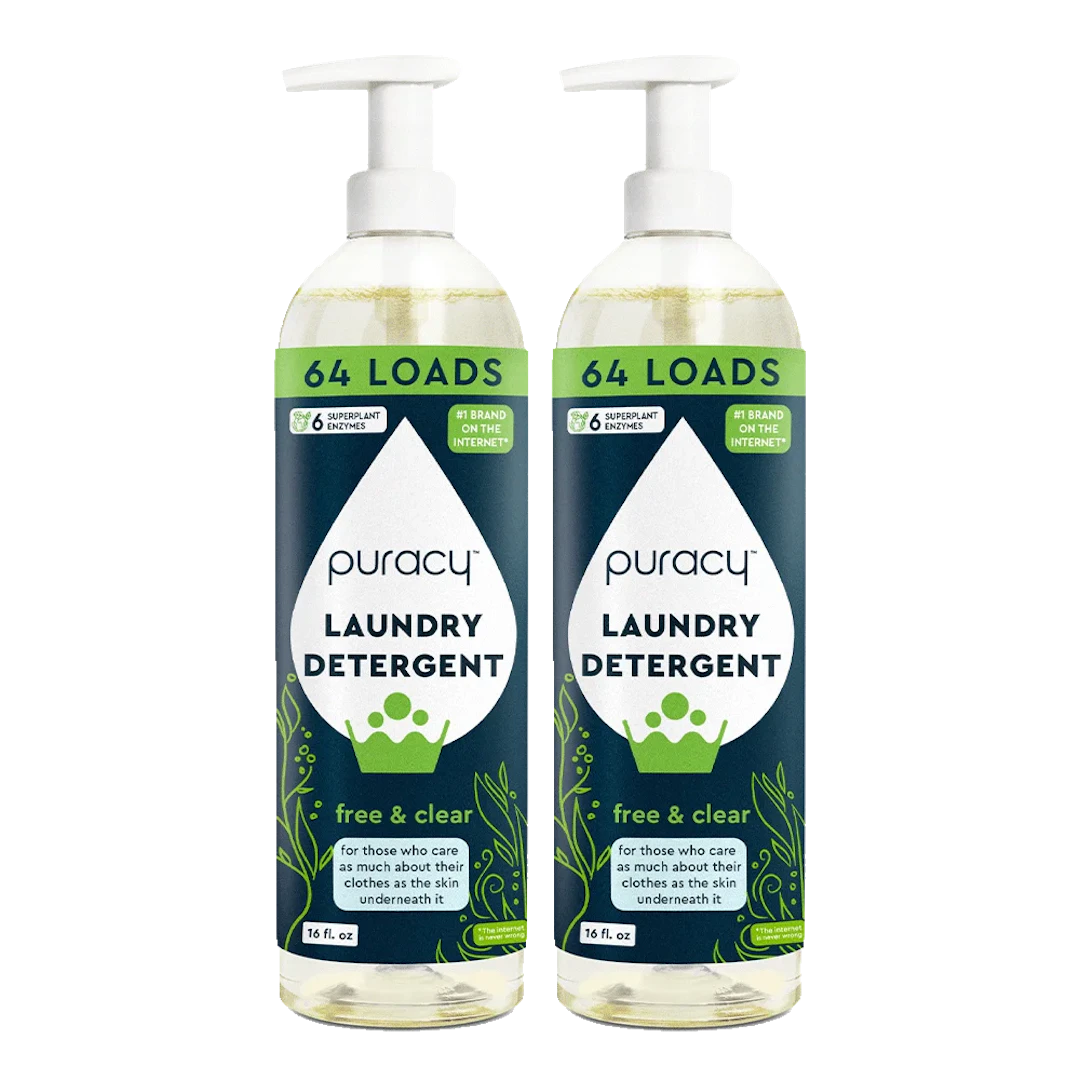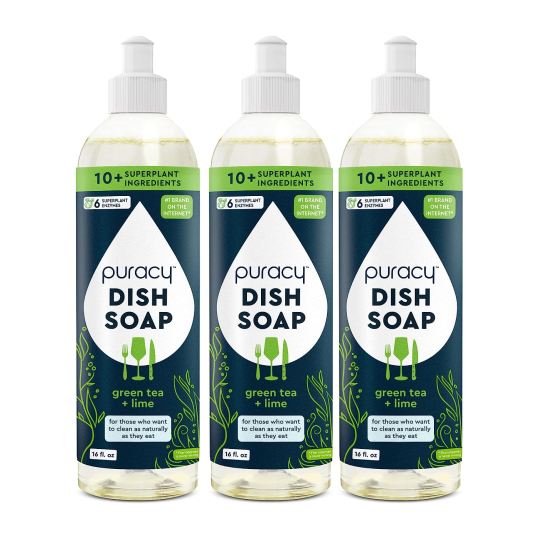
Glass vs. Refill Pouches: The Benefits, Limitations & More
When it comes to stocking up on refills of your favorite cleaning and personal care essentials, you may be wondering: what’s the most eco-friendly option? Let us help you unpack the debate between glass containers and refill pouches. You’ll get the lowdown on their benefits, limitations, and where they stand in our quest for a more sustainable future.
What are Refill Pouches? Where Do They Fall Under the 3Rs?

Refill pouches are flexible packaging options designed to refill rigid containers, like glass bottles or dispensers, reducing the need for constant new purchases. Instead of tossing out a perfectly good bottle, you simply refill it. This practice slashes down the demand for new glass or plastic production, which consumes significant energy and resources.
Are Refill Pouches Actually Better for the Environment?
The answer isn't black and white. Yes, refill pouches reduce the frequency of glass production and transport emissions due to their lightweight nature. But, they come with their own set of environmental baggage.
Are Refill Pouches Recyclable?
In some places, specific recycling programs accept these pouches. However, such programs are not widespread, and the recycling process for these materials is more complex and less efficient than for glass. So, while some hope exists, the current infrastructure leaves much to be desired, though changes are continually happening to make recycling these various materials easier and more convenient for everyone.
Fun fact: Puracy’s eco-friendly refill pouches are 100% recyclable.
Other Limitations of Plastic Pouch Packaging
Besides recyclability, there are other potential downsides:
- Durability: Pouches are prone to punctures and leaks.
- Chemical Leaching: Some plastics can leach chemicals into products, especially if exposed to heat.
- Perception of Inferiority: Many still perceive plastic pouches as cheap and less premium than glass, affecting brand perception and consumer trust.
Benefits of Pouch Packaging

- Lower Carbon Footprint in Transport
Their lightweight nature means lower emissions during transport. Imagine shipping a truckload of glass bottles versus a truckload of flat, flexible pouches – the latter wins hands down in terms of efficiency and emissions.
- Storage Efficiency
Pouches take up way less space, both in storage and in your home. They’re flexible, squishable, and can fit into tight spots that rigid containers can’t, making them super handy for small living spaces.
- Cost-Effective
Generally, refill pouches are cheaper to produce and purchase than their glass counterparts. This cost saving can make eco-friendly choices more accessible to everyone, not just those with deeper pockets.
- Extended Shelf Life
Pouches often have excellent barrier properties that protect cleaning products from moisture, air, and contaminants, extending the product's shelf life and maintaining its effectiveness. That means you can buy in bulk, knowing that the product will remain usable while it’s being stored.
- Reduced Product Waste
The design of refill pouches allows for precise dispensing of cleaning products, reducing the likelihood of spills and overuse, which can save consumers money and reduce waste.
Glass vs. Plastic Pouch Packaging

Plastic pouches, despite their drawbacks, help reduce the use of single-use plastics and the need for constantly producing new glass. They offer a middle ground – a way to keep using existing glass containers while minimizing overall waste. But how does it stack up against glass?
Limitations of Glass Packaging
Glass is undeniably more eco-friendly in terms of its life cycle – you can use and recycle it almost infinitely. But it’s not without flaws.
Weight
Glass is significantly heavier than plastic or other packaging materials, increasing shipping costs and the carbon footprint associated with transportation. The extra weight makes glass more cumbersome to handle for both consumers and retailers.
Fragility
Glass is prone to breaking, which can lead to product loss, safety hazards, and additional costs for both manufacturers and consumers. Extra care is needed during storage and transportation to prevent breakage, often requiring additional protective packaging materials.
Cost
Manufacturing glass is generally more expensive due to the energy-intensive processes required.
Although recyclable, the collection, cleaning, and recycling processes for glass can be more costly and complex compared to other materials.
Energy-Intensive Production
Producing glass requires high temperatures, consuming a significant amount of energy and resulting in higher carbon emissions. The extraction of raw materials (sand, soda ash, limestone) and the production process are resource-intensive.
Safety Concerns
Broken glass poses a significant safety hazard to consumers, potentially causing cuts or other injuries. Since they are also more difficult to store and take up more space, this can also lead to broken containers due to improper storage technique or lack of proper space.
Multiple Tactics to Address Plastic Pollution
It’s clear that plastic pouches aren’t a silver bullet. While they help, they also bring their own challenges. The smartest approach is a multi-faceted one: reduce single-use plastics where possible, support recycling programs, and reuse existing containers, such as our Infinity Glass Bottle. Absolute zero plastic use is an admirable goal, but in our current world, it’s a tough one to meet without compromising on practicality and accessibility.
Minimize Waste and Maximize Waste with Puracy’s Eco-Friendly Refill Pouches
At Puracy, we’re proud to be an industry leader when it comes to being eco-conscious and not wasting plastic. Our refill pouches have saved more than 200 tons of plastic, as well as using 90% less plastic, water, and energy compared to traditional bottles. You also save about 20% per ounce versus the bottle. We now offer the largest refill pouches on the market for many of your Puracy favorites, from hand soap to body wash and many products in between.
